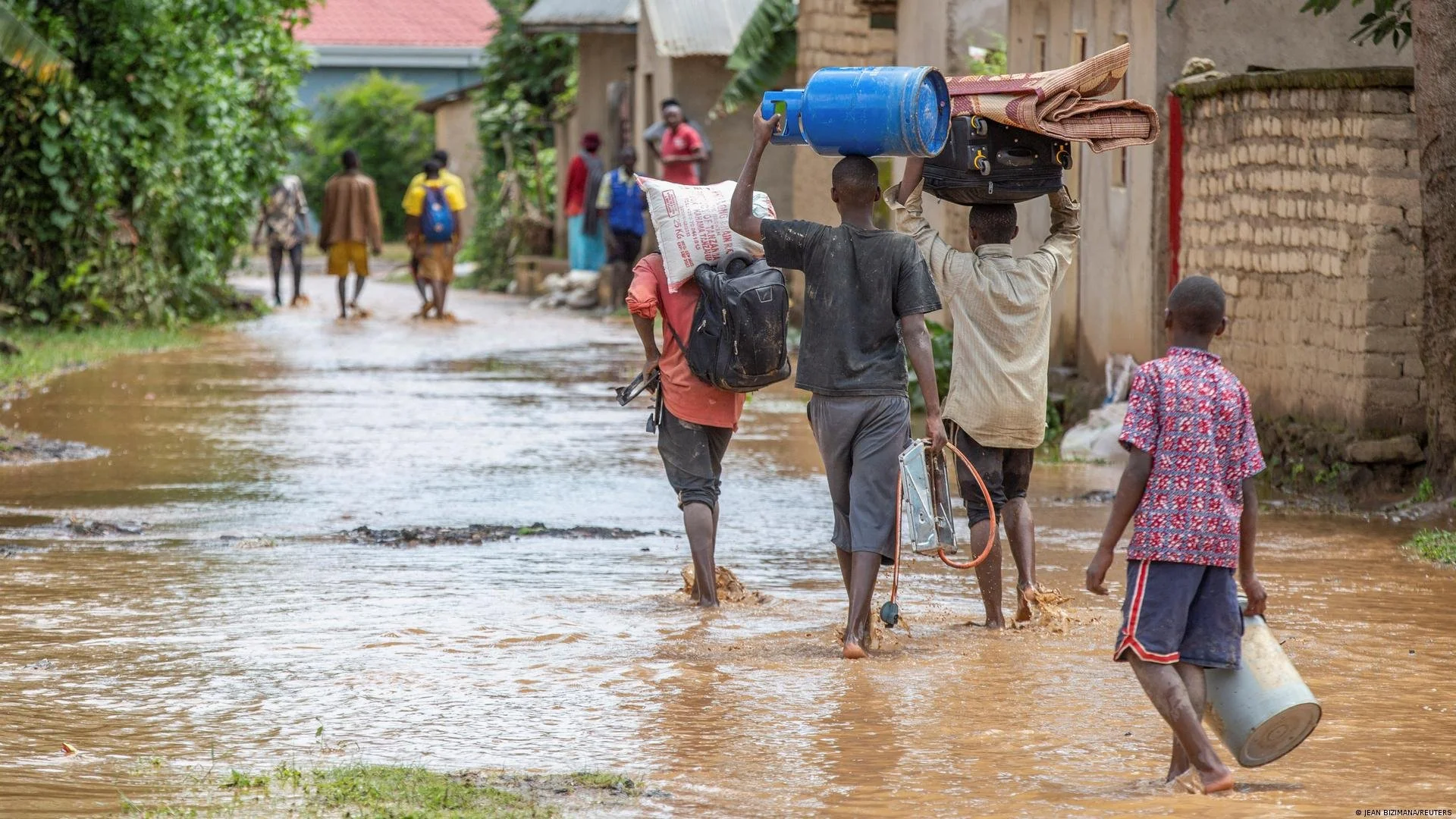Earlier in the year, the United Nations Development Programme (UNDP) outlined that globally, flood-related disasters have increased by 134% since 2000, and floods are now lasting 29% longer. In fact, it is projected that climate change will push 130 million people into poverty over the next decade, creating multiple development setbacks, while also forcing 200 million internal migrants by 2050.
IPCC’s Final Warning is an Urgent Reminder to Take Action on Climate Displacement
Last week, the Intergovernmental Panel on Climate Change (IPCC) published its Sixth Synthesis Report, summarizing the state of knowledge on climate change science with a clear message: “if we act now, we can still secure a liveable sustainable future for all.” The report also makes clear that yes, the climate is changing and with it, patterns of migration as well.
Bangladesh’s Flood Displacement: Yet Another Case for Loss & Damage
Not only are rural households predominately reliant on agriculture and thus highly vulnerable to climate change, but due to a lack of support financially both nationally and internationally, they are forced to spend their own limited resources on preparing and responding to climate disasters. In the face of all this, the recently concluded preparatory climate talks for COP27 in Egypt in November, saw wealthy high emitting nations side-step previous promises and obligations to address the loss and damage the climate crisis is inflicting on the Global South. Once again, promises made, but not kept, and one need only look to the present floods in Bangladesh and so many more disasters to see the inherent injustice in this.
Agroforestry and the Case for Centering Local Needs in Climate Resiliency
Agroforestry involves a wide range of trees that are protected, regenerated, planted or managed in agricultural landscapes so that they interact synergistically with annual crops, livestock, and wildlife. Not only is agroforestry positioned to enhance general crop yields through regenerative farming techniques, but fruit and other trees planted can themselves be used to generate food and other commercially marketable products, such as timber, fodder for livestock, fuel, and medicinal herbs. By improving both food and economic security–arguably the biggest consequences of climate disruption and the greatest drivers of climate migration globally–agroforestry embodies adaptation in the most holistic sense of the term. Not to mention, of course, the mitigation objectives that can be achieved simultaneously. In fact, when done on a sufficiently large scale, carbon credits can be tapped to provide a direct source of finance to those communities leading the change.
Global South Leading the Way Via Climate Vulnerable Forum
On April 27, 2022, the Climate Vulnerable Forum (CVF), an international partnership of global South countries highly vulnerable to a warming planet, released a telling report titled “Climate Survival Leadership Barometer”. The report was released under the CVF’s signature initiative “Midnight Survival Deadline for the Climate”, which served to remind governments of the obligations they had taken on at the UN Climate Change Conference at Paris, or COP21, in 2015. The report analyzes updates to national mitigation and adaptation targets – referred to as “Nationally Determined Contributions” (NDCs) that countries committed to revise every five years starting in 2020 to deliver on the Paris Agreement. Some notable findings on the adaptation side are worth highlighting, for they speak to the collective will (or lack thereof) of governments to institutionalize the very resiliency-building measures needed to address root causes of migration in a climate crisis-stricken world.
Justice for Odisha’s Climate Migrants
Due to a lack of economic opportunity and common natural disasters, Odisha has long been a source of migrant workers both in India and abroad. For decades, economic stagnation in the region paired with growth and urbanization around other parts of India meant that Odisha was already a hotbed for migrants before climate change became a more prominent push factor. Today, it is one of the most affected regions in India by climate change which is only pushing more and more people to migrate both temporarily and permanently.







